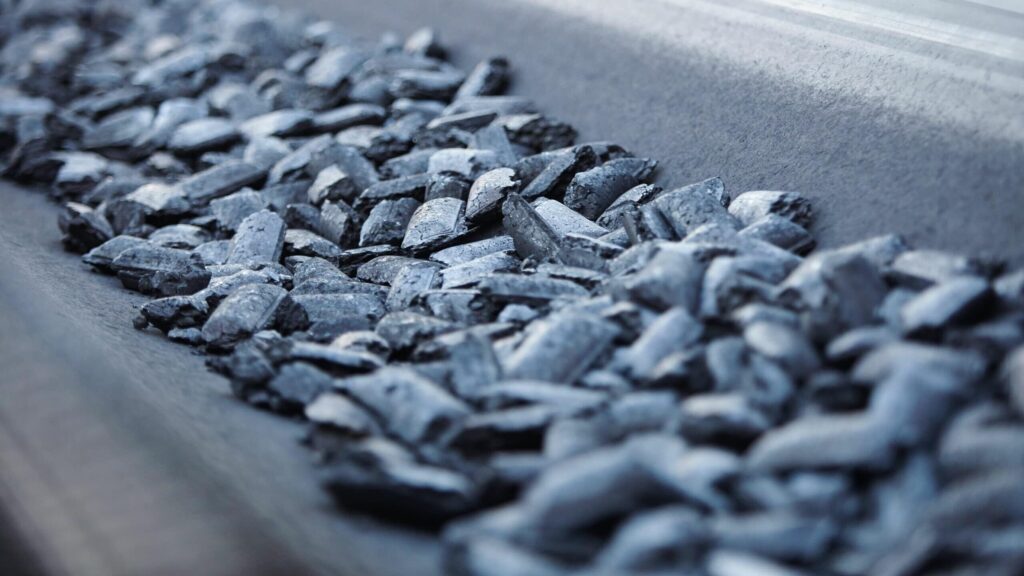
The direct reduced iron (DRI) market is poised for significant growth, with its value projected to increase from approximately USD 28,195.90 million in 2024 to USD 60,013.60 million by 2034, reflecting a robust compound annual growth rate (CAGR) of 7.60% over the next decade. This surge is driven by the rising demand for high-quality steel, propelled by infrastructure development and urbanization, along with the industry’s shift toward sustainable production practices.
Significant changes in the steel industry are pushing forward the demand for direct reduced iron. Presently, the steel industry is going through a pivotal shift toward lower-carbon production. This is raising the demand for alternative technologies like direct reduced iron.
The production of direct reduced iron is projected to separate from steel production, as the global steel sector gradually decarbonizes. More iron ore is expected to be processed in places where renewable energy sources are available and where cheap green hydrogen can be produced.
The resultant direct reduced iron is planned to be shipped to places with higher steel demand. Going forward, North America and the Middle East are assessed to become global leaders in DRI trade.
Market Growth Drivers
- Increasing Steel Demand: The global demand for steel, driven by infrastructure development, urbanization, and industrial activities, is a significant growth driver for the DRI market. As steel production increases, the demand for DRI as a high-quality input material is expected to rise.
- Government Policies and Regulations: Government initiatives promoting environmentally friendly steel production methods are enhancing the appeal of DRI. Policies aimed at reducing carbon emissions and increasing energy efficiency in the steel sector are encouraging manufacturers to adopt DRI technologies.
- Urbanization and Infrastructure Development: Rapid urbanization and ongoing infrastructure projects, particularly in emerging economies, are fueling the need for steel. DRI, being a cleaner alternative, is well-positioned to meet this rising demand.
- Technological Advancements in Production: Continuous improvements and innovations in DRI production technologies are making the process more efficient and cost-effective. As production costs decline and output quality improves, more manufacturers are likely to adopt DRI methods.
- Rising Prices of Scrap Metal: The increasing prices of scrap metal due to high demand and limited availability are pushing steel manufacturers to seek alternatives. DRI offers a viable solution, driving its adoption as a preferred raw material for steel production.
- Investment in Research and Development: Increased investment in R&D to enhance DRI production processes and develop new applications is a crucial growth driver. Innovations in process efficiency, energy consumption, and emissions reduction will support market expansion.
Market Trends Driving Innovation in Direct Reduced Iron (DRI)
- Sustainability and Green Steel Initiatives: The growing focus on sustainability in the steel industry has propelled the adoption of DRI. As DRI production typically emits lower greenhouse gases compared to traditional methods (such as blast furnaces), it aligns with the industry’s shift towards greener practices. Innovations in the production processes, such as the use of renewable energy sources, are also being explored to further reduce the carbon footprint.
- Rising Demand for Scrap Metal Alternatives: The increasing demand for high-quality steel, particularly in automotive and construction sectors, has led to a rise in DRI usage as a scrap metal alternative. DRI’s high purity and low impurities make it an attractive option for producing high-grade steel, prompting innovations in refining and production techniques to enhance its quality.
- Technological Advancements: Innovations in production technologies, such as the use of hydrogen as a reducing agent instead of natural gas, are gaining traction. These advancements aim to make DRI production more efficient and sustainable. The development of new reactors and processes is also enabling higher efficiency and lower costs.
- Integration with Renewable Energy: The integration of renewable energy sources into DRI production is driving innovation. Projects are underway to utilize excess renewable energy (like wind and solar) in DRI production, enhancing both sustainability and energy efficiency. This trend is encouraging investments in research and development to optimize these technologies.
- Circular Economy and Recycling: The emphasis on circular economy principles is fostering innovations in the DRI market. Increased recycling of steel and the utilization of by-products from DRI processes are being explored to create closed-loop systems that minimize waste and promote resource efficiency.
Unlock Comprehensive Insights by Reading the Full Report Now!
Direct Reduced Iron Market Key Players
- ArcelorMittal
- Mobarakeh Steel
- Essar Steel
- Qatar Steel
- Hadeed
- SIDOR
- Khouzestan Steel Co.
- Jindal Steel & Power
- Gol-e-Gohar
- Nucor
- Others
About Future Market Insights (FMI)
Future Market Insights, Inc. (ESOMAR certified, recipient of the Stevie Award, and a member of the Greater New York Chamber of Commerce) offers profound insights into the driving factors that are boosting demand in the market. FMI stands as the leading global provider of market intelligence, advisory services, consulting, and events for the Packaging, Food and Beverage, Consumer Technology, Healthcare, Industrial, and Chemicals markets. With a vast team of over 400 analysts worldwide, FMI provides global, regional, and local expertise on diverse domains and industry trends across more than 110 countries. Join us as we commemorate 10 years of delivering trusted market insights. Reflecting on a decade of achievements, we continue to lead with integrity, innovation, and expertise.
Contact Us:
Future Market Insights Inc.
Christiana Corporate, 200 Continental Drive,
Suite 401, Newark, Delaware – 19713, USA
T: +1-347-918-3531
For Sales Enquiries: sales@futuremarketinsights.com
Website: https://www.futuremarketinsights.com
LinkedIn| Twitter| Blogs | YouTube